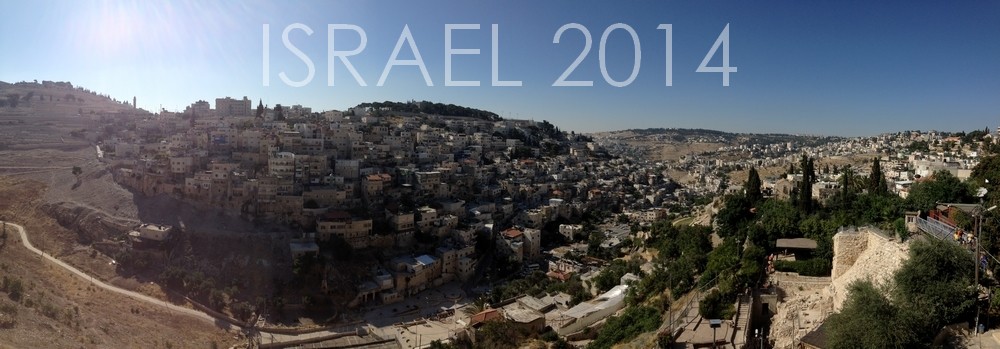
Today, we started with a walk to the Broad Wall, built under the direction of Hezekiah. I appreciated hearing about how its discovery, along with other archaeological finds, have proven some skeptics wrong in their attempts to make ancient Israel out to be smaller than it really was. Our instructor told us that the belief that Jerusalem was a ‘one donkey town’ had begun to prevail by the 1970’s, but the unearthing of the Broad Wall blew that theory out of the water. It’s awesome to know that, as archaeologists continue to excavate and study what lies beneath our feet, certain portions of the biblical record can be confirmed or brought into better focus.

That said, the satisfaction comes not only from ‘proving naysayers wrong,’ but also from seeing how the biblical narrative can inform our understanding of how certain structures were formed. When viewing the Broad Wall, our instructor pointed out its seemingly hurried construction – the outside of the wall was fortified by large, sturdy blocks, but it was filled in with smaller, less uniformed piles of stone. One could even see the remnants of older buildings jutting out from the sides of the wall. The most convincing explanation for this is found in Isaiah 22:10:
‘You counted the houses of Jerusalem and tore down houses to fortify the wall.’
Jerusalem was anticipating an attack from Assyria, so Hezekiah saw to it that an additional wall was hastily built around the city. As the wall was being built, Jerusalem’s residents were literally tearing down their homes and throwing the stones over the outer parts of the wall to fill it in!
Continuing on with our walk, we eventually came upon Hezekiah’s tunnel under the City of David. Hezekiah’s efforts to divert the Gihon Spring are explained in 2 Chronicles 32:1-4 and the tunnel is explicitly mentioned in 2 Kings 20:20:
As for the other events of Hezekiah’s reign, all his achievements and how he made the pool and the tunnel by which he brought water into the city, are they not written in the Book of the Annals of the Kings of Judah?’
We all had a chance to walk through the tunnel and experience firsthand what it must have been like for the men who dug this water channel into the rock. It was wet (obviously), dark, and at times both narrow and squat. Nearly all of us agreed that even though it was only 3/10 of a mile long, our walk felt closer to that of a full mile. One can only imagine how seemingly endless it must have been for those carving into the rock!

All in all, today was a great bit of experiential learning. The time we spent at the rooftop overview, ‘David’s Palace’, and Ahiel’s house all helped provide context for the area we’re studying. I feel as though I’m getting a handle on the area and its topography, and I’m beginning to connect the dots between places we’ve been and things I’ve read in the Bible.